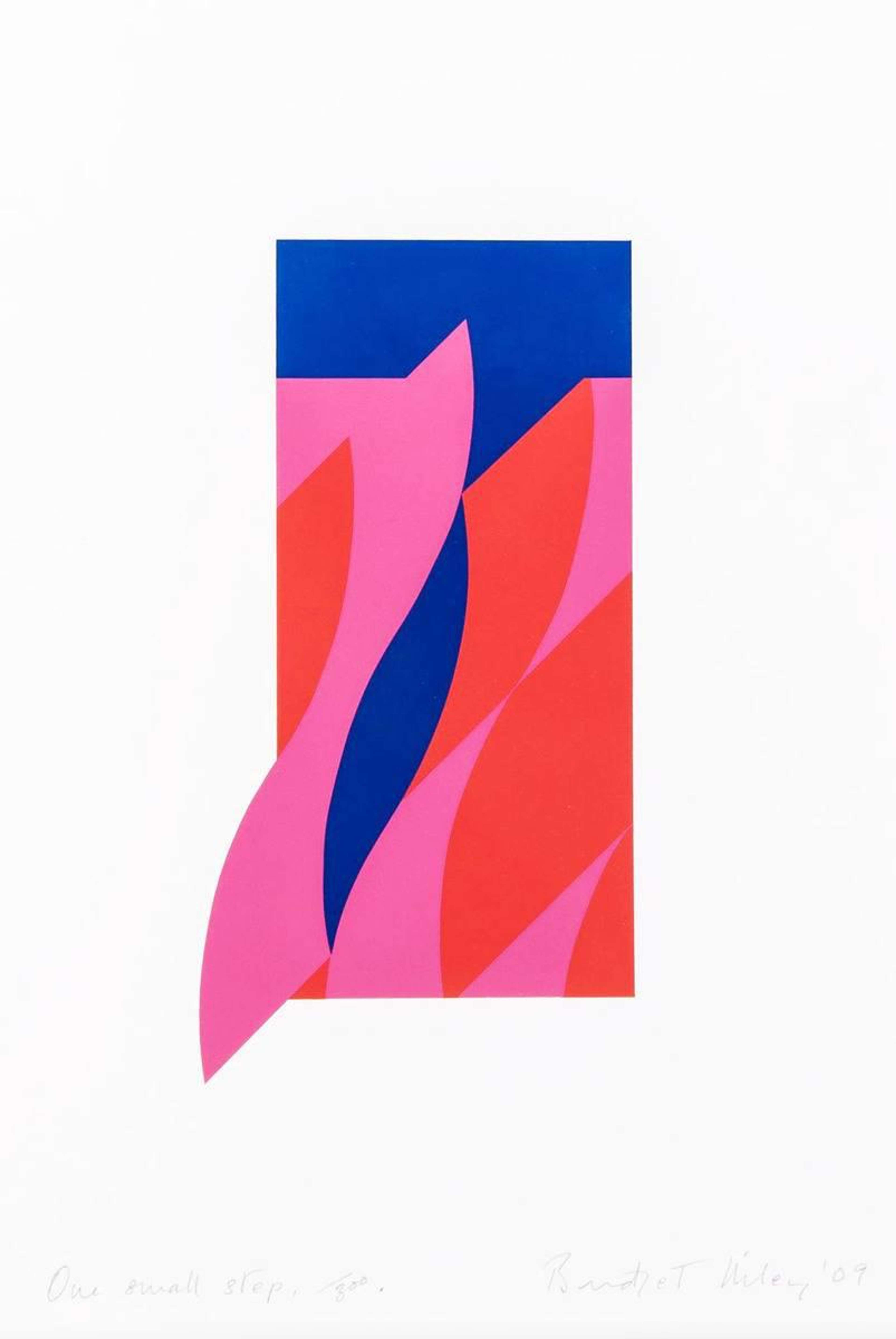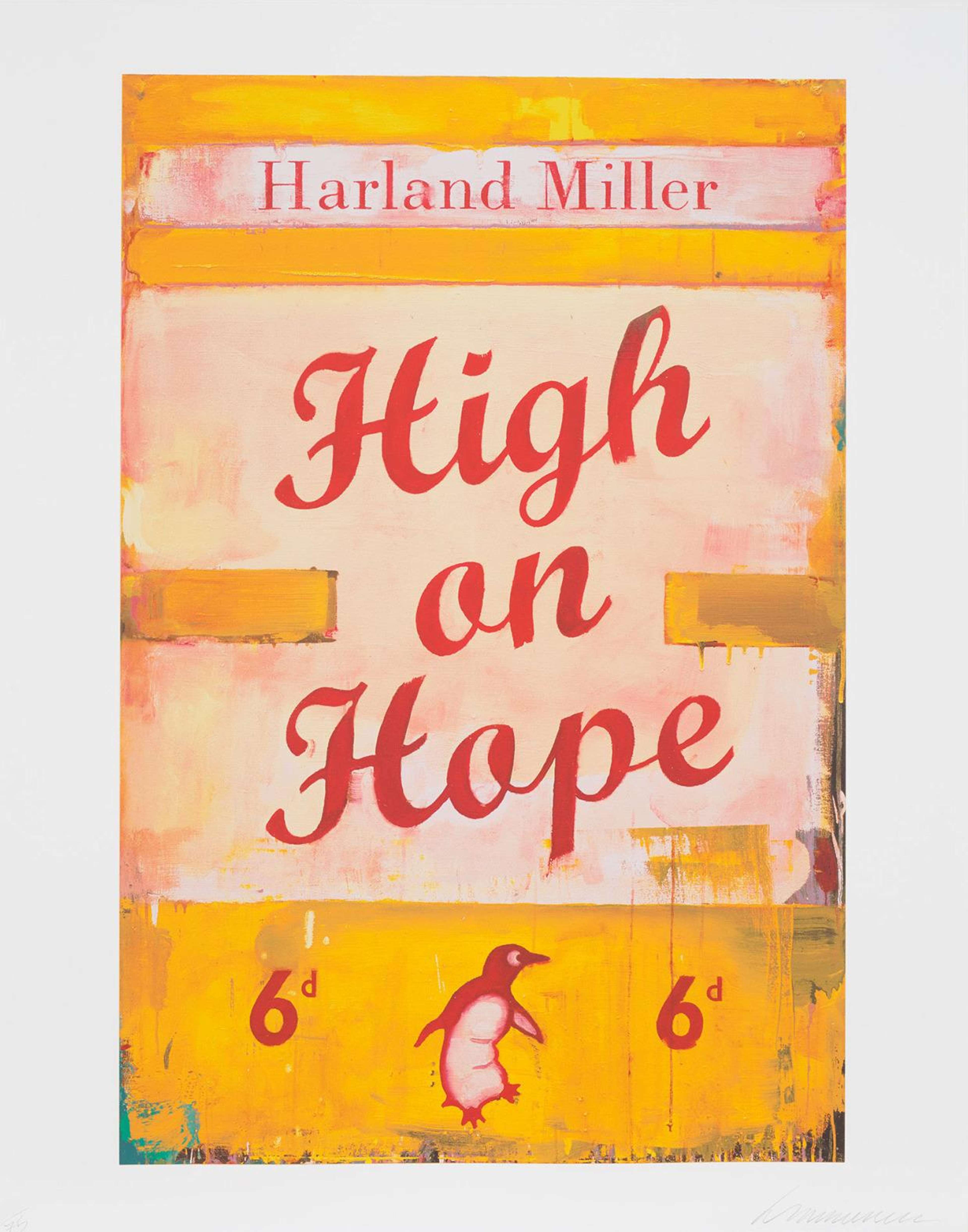What to Look Out for in Art & Tech in 2024

 I'm In The Midst Of It © David Shrigley 2022
I'm In The Midst Of It © David Shrigley 2022Market Reports
In 2024, we are witnessing the intersection of art and technology more than ever before, and this is shaping out to be a year where the boundaries of creativity are set to be redefined. From the rise of mixed-reality experiences to the transformative impact of blockchain, technology and AI are forging a path towards a more accessible and transparent art market. These advancements are not just changing the way art is created and consumed, but are also democratising the art market. Some of the exciting developments at the forefront of art and tech in 2024 include:
The Rise of Mixed-Reality in Art
2024 marks a pivotal year in the integration of mixed-reality technologies in the art world. The anticipated release of high-end mixed-reality headsets such as the Apple Vision Pro is set to revolutionise how we experience art. The culmination of a trend set by significant VR developments in the past decade, these devices offer an immersive way to engage with art, transcending traditional boundaries. This technology is set to enhance the art-viewing experience, while also allowing art enthusiasts from all corners of the globe to explore virtual galleries and exhibitions without physical constraints.
Businesses such as Vortic Art have already anticipated significant demand, and allow users to create a virtual reality environment to curate, share and revisit exhibitions. In this way, prospective buyers can virtually attend events despite geographical location, allowing for a wider pool of collectors to encounter different types of art. Collectors can also curate their own exhibition, sharing their collection privately or publicly. Respected galleries such as White Cube, David Zwirner and Victoria Miro have already worked with the platform, which was particularly timely when it first emerged during the pandemic in 2020.
The Continued Growth of Online Art Sales
In 2024, the art market is witnessing a significant resurgence in online sales. Following a brief downturn in the previous year as a result of the maturing of the market, the current trend underscores the enduring impact of digital platforms in the art world. This year seems to be particularly notable for the expansion of online offerings in more affordable price brackets. This democratisation of art sales online is a game-changer, opening doors for a wider spectrum of buyers. The sustained growth in digital transactions not only reflects a shift in purchasing habits but also highlights the role of technology in making art more accessible. The rise of online galleries and virtual auctions is a testament to a more inclusive and transparent market, where art enthusiasts, regardless of their location or budget, can participate in the world of collecting.
The dominance of the online art market marks a pivotal shift in how art is accessed and acquired globally. With an array of digital platforms emerging, artists and galleries are reaching new audiences, breaking down the traditional barriers that once limited the art market's scope. This expansion is particularly evident in the increasing availability of art in various price ranges, catering to both seasoned collectors and first-time buyers. The ease and convenience of online transactions, coupled with the enhanced visibility of diverse artworks, are pivotal factors driving this change. As a result, technology is not just a facilitator but a catalyst for a more egalitarian art market, where the joy of discovering and owning art is a shared experience, unrestricted by geographical or financial limitations. This evolution points towards a future where the art market is as diverse as the creativity it showcases, empowered by technology to reach every corner of the globe.
Using AI to help with Authentication
One groundbreaking trend in 2024 is the use of AI software for aid in art authentication. A tool that is reshaping the trust dynamics in the art market, this technology leverages advanced algorithms and machine learning to analyse artworks, identifying unique signatures, brushstrokes, and materials that are often invisible to the human eye. This capability is particularly significant in verifying the authenticity of artworks, a critical aspect in both historical and contemporary art markets. While it seems unlikely that AI will entirely replace human expertise, it can enhance the accuracy of authentication processes and speed them up – making the verification of artworks more efficient and accessible.
AI-driven authentication addresses issues of forgery and misattribution, thereby bolstering confidence among buyers and sellers. This technological advancement is a key step towards ensuring the integrity of art transactions, further fostering a transparent and secure environment for the trading of genuine artworks. Additionally, it seems likely that AI will play a role in detecting restoration needs and preservation issues, ensuring the longevity of art pieces and contributing to their historical and financial value. It is a fusion of technology and art scholarship, where AI acts as an enhancer of market transparency, assuring collectors and enthusiasts of the authenticity and value of their investments.
Hybrid Digital and Physical Experiences in Galleries
The past few years – and especially since the 2020 pandemic – there has been a fascinating evolution in gallery spaces, particularly among smaller and mid-size establishments. These galleries are rethinking their investment in physical spaces, focusing instead on integrating digital elements to enhance the art purchasing experience. This evolution towards hybrid gallery models is partly driven by practical considerations, as rising rent and general expenses in urban areas continue to challenge the traditional brick-and-mortar approach to selling art. Many galleries are finding that maintaining physical spaces in prime city locations is becoming increasingly untenable, which has accelerated the adoption of digital strategies, transforming challenges into opportunities for broader engagement. By moving part of their operations online, galleries are no longer confined to local foot traffic; they can now reach a global audience. This expansion is not just geographical but also demographic, as it allows galleries to connect with a diverse range of art lovers who might not have had the opportunity to visit in person.
This trend towards hybrid models reflects a growing understanding of the changing dynamics in art consumption, and galleries are increasingly adopting innovative strategies to engage collectors and art lovers online. By blending virtual tours, digital catalogues, and online exhibitions with their physical counterparts, they are able to broaden their reach while offering a more dynamic and interactive way for audiences to connect with art. It is a move towards a future where the lines between the digital and physical realms in art are seamlessly blended, offering a rich, multi-dimensional experience to art aficionados around the world.
Blockchain's Impact on Art Market Transparency
Blockchain technology is revolutionising the art world, redefining the concepts of provenance and authenticity. Renowned initially for its pivotal role in cryptocurrencies, blockchain is now emerging as a critical player in art authentication and transaction management. This digital ledger technology provides a secure method to record transactions across numerous computers, ensuring the data's integrity and near-immutability. For the art market, often besieged by issues of forgeries, this technology offers a reliable solution; since blockchain enables the creation of digital certificates of authenticity, it offers a dependable method for verifying the authenticity of artworks.
Moreover, blockchain's capacity to provide a transparent and immutable record of provenance is a significant boon for the art world, where the history and origin of artworks are highly prized. This technology's ability to trace and transparently display an artwork's journey enhances trust and value in art transactions. The introduction of smart contracts, self-executing contracts with the terms of the agreement written into code, further streamlines and automates processes like ownership transfer and payments. This not only makes transactions more efficient but also injects a higher degree of transparency into the art market. Despite these advancements, challenges remain, particularly in the volatile and speculative nature of the art market on the blockchain, especially concerning Non-Fungible Tokens (NFTs). Additionally, the legal and regulatory frameworks surrounding blockchain in art are still developing, indicating an evolving landscape that continues to shape the future of art transactions. It remains to be seen how these concerns shall be addressed this year.










